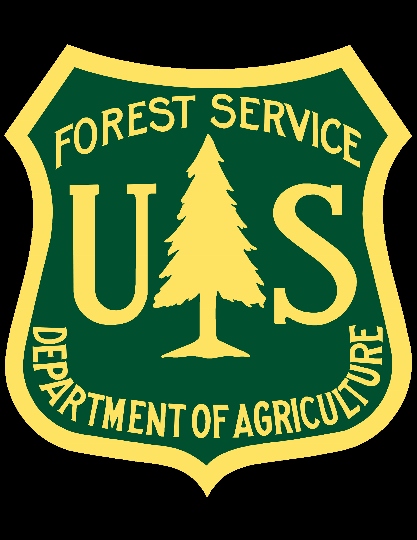Click here for iFriendly audio.
The Anan Wildlife Observatory is located 30 miles from Wrangell and is best known for its bears.
Anan is currently managed under a 10-year plan which is up for its next review. The Forest Service is in the process of re-vamping this plan to accommodate more local and commercial visitors.
A management plan outlines how a site’s visitors and resources are handled.
To visit Anan, visitors have to get day passes. Right now, Anan distributes 60 passes per day, to be requested in advance.
The last 12 passes for each day are held back until three days prior to the visiting day and are handed out, more or less, on a first-come first-serve basis.
These passes are available for both commercial outfitters and guides and the general public. And the Forest Service has been getting feedback that there isn’t enough easy access for locals.
“We need to figure out a way to make sure that there are some that are truly not going to be reserved by the commercial people so the locals have a good chance to go. At least if they have a little bit of flexibility, they can get down there maybe with the people that are visiting them for the summer and not have to worry about not being able to get their folks down there,” said Dee Galla, outdoor recreation planner for the Forest Service and Anan program manager.
“I think Dee mentioned flexibility and that’s the one thing that we hear back from the public the most is not having enough flexibility to get passes. If they have family members come in, maybe they don’t know about it until the week before or a couple of days before, and so they have these family members come in and they want to take them out to Anan. And there’s just no flexibility with the passes because they’re already taken,” said Matt Jurak, natural resource specialist with the Forest Service and Anan site manager.
Visitors use an online system to book the tickets. Locals don’t always know far in advance when they want to visit Anan. People may wait for a good weather day or may have a last-minute visit from someone they want to take. It makes competition tough for the 3-day advance tickets. The other issue, Galla said, is that the commercial guides are just more experienced with the booking system.
“You know, if the day is highly competitive and everyone’s trying to get the available space, they just have an advantage because they’re used to doing it. And they end up generally getting it. So there’s this notion that the commercial folks are taking all of these passes. And it’s not that we’ve designed it for them to be the ones who get them, it’s just the way it’s worked out,” said Galla.
Jurak and Galla said there are three main factors they take into account when evaluating the management plan. They look at health and safety, visitor experience, and also—impact on the bears.
So, they’re looking for ways to increase the number of visitors to Anan without harming the wildness of the place or the experience.
“The 60 a day was set in order to have a minimal impact on the bears, which I think is our overall goal. But over the years, we’ve seen an increase in use. We’ve seen more people on the deck at one time, but we haven’t had our bear viewing drop off at all. So, the idea was to maintain a good experience for visitors—so limit the amount at one time—but overall increase the capacity up to 80,” said Jurak.
“In a place like Anan, out in the wild, in a place where you have a salmon stream and a place where the bears are gathering to fish, this kind of stuff happens all the time. As the bears are kicked off their mom, they come back to the feeding area, and they need to figure out where they belong in the bear society. So they’re out doing this testing dominance amongst their own population, and we’re just an added factor in that here,” said Galla.
A higher number of visitors per day may mean a greater chance of contact between bears and humans—especially on the trail leading to and from the observatory.
Jurak said that’s not necessarily a bad thing; it just changes the equation.
“Well at the same time, too, I think it’s one of the really unique things about Anan. It has this niche where you can be in this close proximity to bears and be relatively safe. And you have this opportunity to walk up the trail on your own and see bears on the trail and interact with them as well, instead of just at a viewing deck, behind this gate, with an interpreter and guides. I think that is a really unique experience. And especially if you’re talking about locals who grew up here, they know what to do. They know how to react to bears. They’ve been out there a long time. It’s a give and take. I think if you change anything, it affects other things, too,” said Jurak.
Galla said public opinion is important because it’s not just the bears that make Anan the special place that it is.
“I love to see people get excited over it. I think it does stick with people and I like being a part of that,” said Galla.
They are looking to get feedback from locals and from outfitters and guides from around Southeast. They’ve had meetings in Wrangell and Ketchikan, but welcome comments from anyone who’d like to share their ideas on the management plan.
If you’d like to give feedback on the Anan Management Plan, you can contact Dee Galla or Matt Jurak at the Wrangell Ranger District office at 874-2323.













